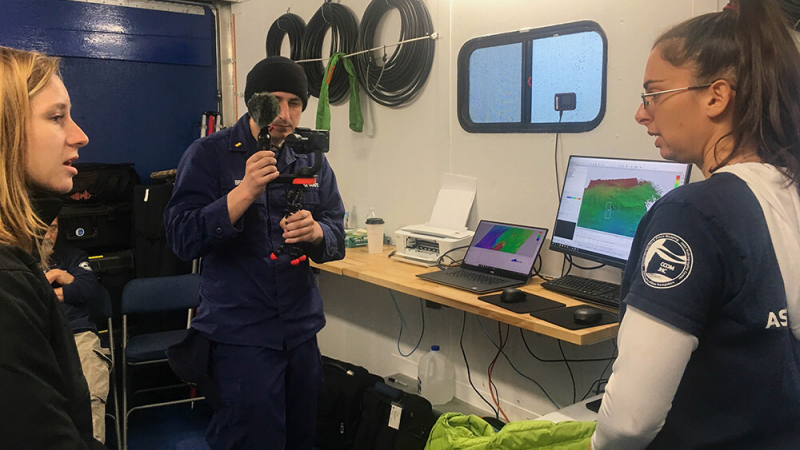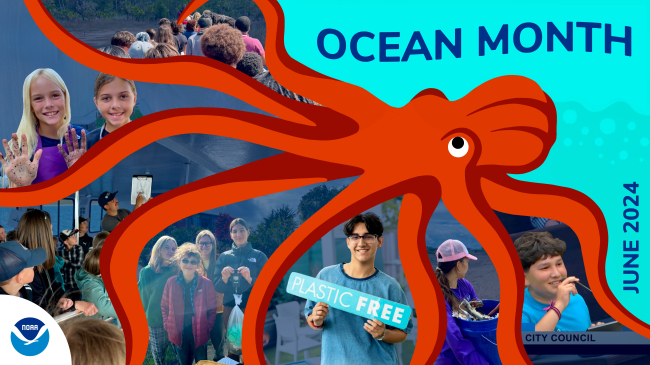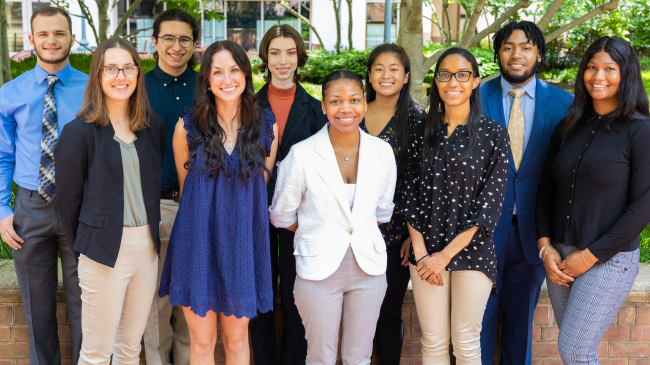Last year, an autonomous surface vehicle named “BEN” plied the waters of Lake Huron, creating a detailed map of the seafloor in Thunder Bay National Marine Sanctuary. Ninety-nine shipwrecks have been discovered in the sanctuary, and researchers estimate that as many more may remain uncharted. No humans were on board the 13-foot yellow autonomous surface vehicle, but thousands tuned in on Facebook Live as education specialist Hannah MacDonald interviewed the team of scientists and programmers that operated BEN, which stands for “Bathymetric Explorer and Navigator,” from a control van on land. Now, viewers can re-experience the Thunder Bay expedition and others through Exploring by the Seat of Your Pants offsite link live events that will connect viewers to the expedition lead scientists.

ASV BEN (Bathymetric Explorer and Navigator) is a custom prototype built for University of New Hampshire’s Center for Coastal and Ocean Mapping. ASV BEN has a state-of-the art seafloor mapping system that can map depths reaching 650 feet. (Image credit: Ocean Exploration Trust)





